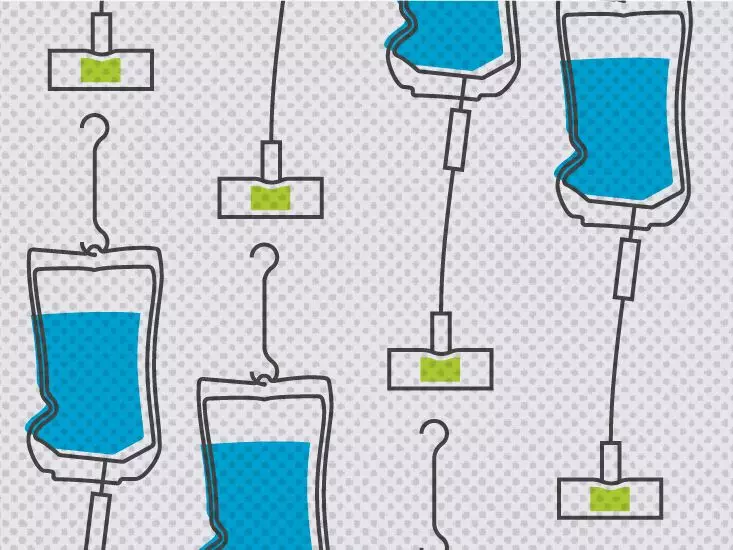When it comes to treating Alzheimer’s disease in adults, Kisunla (donanemab-azbt) is a brand-name drug that is commonly prescribed. As a biologic drug belonging to the beta amyloid-directed antibodies drug class, Kisunla is not available in a biosimilar version. This article will delve into the specifics of Kisunla dosages, including dosage strengths and how the medication is administered.
Kisunla is provided as a liquid in a single-dose vial that is administered as an intravenous infusion by a healthcare professional. The infusion is typically done in a hospital, infusion center, or clinic setting. The standard strength of Kisunla is 350 milligrams (mg) per 20 milliliters (mL) of solution, translating to 17.5 mg/mL.
Initially, your doctor will likely start you on a low dosage of Kisunla and adjust it gradually to find the optimal amount for your specific needs. The goal is to prescribe the smallest effective dosage that provides the desired therapeutic effect.
For individuals with Alzheimer’s disease, doctors commonly prescribe Kisunla to help manage the condition. The typical starting dose for Alzheimer’s patients is 700 mg, administered as an infusion every 4 weeks. After the initial three doses, the doctor may consider increasing the dosage to 1,400 mg every 4 weeks, which is the maximum recommended amount for Kisunla.
It is essential to follow the recommended dosage schedule provided by your healthcare provider. Your doctor will tailor the maintenance dose to accommodate your individual requirements. For more personalized information regarding your specific dosage, consult with your healthcare provider.
The IV infusion of Kisunla is administered by a healthcare professional who will dilute the liquid solution from the Kisunla vial before the infusion process. The infusion typically lasts around 30 minutes, and patients are usually required to remain at the infusion center for an additional 30 minutes post-infusion.
Kisunla is intended for long-term use if deemed safe and effective by you and your doctor. Before initiating treatment with Kisunla, your doctor will outline a detailed treatment plan for you. It is crucial to adhere to this plan to maximize the benefits of Kisunla therapy.
Some pharmacies offer alternative options such as labels with large print, braille, or scannable codes to assist with medication accessibility. If you encounter difficulties opening medication bottles, consult your pharmacist about utilizing easy-open containers or tools that aid in bottle opening.
It is important to note that the information provided in this article is meant to serve as a general guide and should not replace the advice of a qualified healthcare professional. Always consult with your doctor or pharmacist before initiating any medication regimen to ensure its appropriateness and safety for your individual needs.
Kisunla plays a vital role in the management of Alzheimer’s disease, and understanding its dosing regimen is crucial for optimal treatment outcomes.

